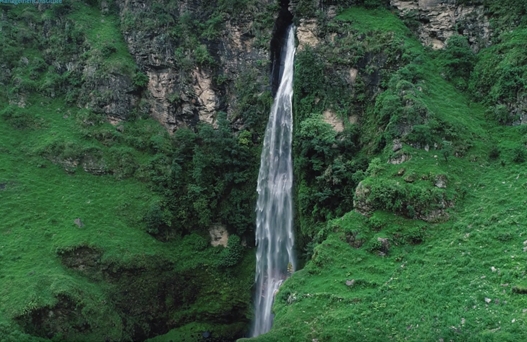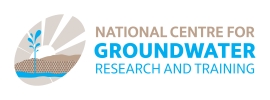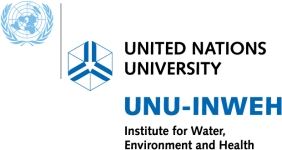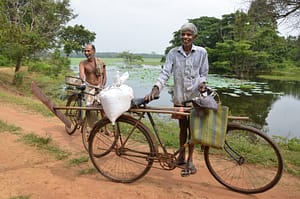
A spring in mountainous areas of Nepal (photo: Ayush Manandhar).
Springs are crucial to build climate resilience in Nepal’s mountainous areas, comprising 80% of the country, and home to 13 million people who inhabit the upper watershed regions. This is felt all too clearly when springs dry up, which is increasingly happening in many parts due to a combination of reasons, including climate change, land use change, and increased water demand as a result of population growth and urbanization.
The International Water Management Institute (IWMI) together with the Nordic Development Fund (NDF), Asian Development Bank (ADB), and the Department of Forests and Soil Conservation (DoFSC) of the Government of Nepal undertook a five-year project titled Building Climate Resilience of Watersheds in Mountain Eco-regions (BCRWME). The project was funded by Climate Investment Funds (CIF). The main objective of the project was to understand the functioning of mountain springs, their replenishment and the reasons for their decline, while also addressing ways to protect these valuable resources, and identify ways to secure reliable and safe water supplies from these sources.
Scientific investigations involved tracer studies to pinpoint the main source and recharge mechanisms of the springs. Project interventions aimed at rejuvenating and protecting the springs included afforestation, infiltration ponds, small storage tanks, and bioengineering for gully protection, involving local stakeholders in the design and implementation. The project strived to provide access to more reliable water sources for approximately 45,000 household mountain communities.
The project helped answer the question: How does a science-based approach help ‘spring’ the drying springs of Nepal back to their former life-preserving form? There is no panacea, but the video produced as part of this project makes a strong case, as to why only an integrated landscape approach can offer a more sustainable and long-term solution.
Read the full story and view the video here.

Protected springs in Nepal (photo: Ayush Manandhar).
To sign up for GRIPP news and updates, click here.










































